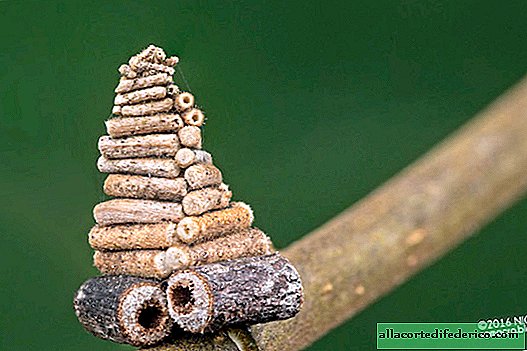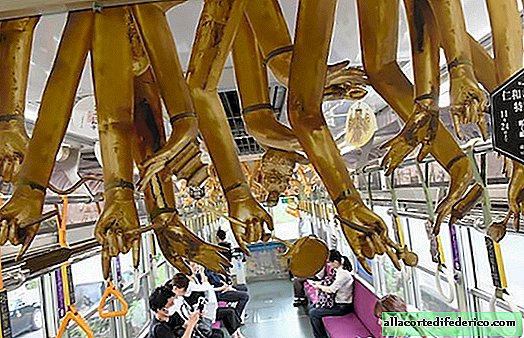Our prehistoric ancestors were real acrobats
For many years, scientists thought that the ancestors of today's people, monkeys and lemurs were relatively slow and calm animals that used their arms and legs to crawl along small branches and trunks not very high from the ground in search of insects and fruits. But a new study suggests that the first primates were real acrobats jumping through trees. A fossil 52 million years old came up with such a thought from scientists.
The answer is in the bone
The first primates spent most of their time on trees, not on the ground - the scientific community has never really argued with this. The main question was how cleverly they could move along the treetops. It seems that now people have finally found the answer to it.

A clue was a small bone shorter than a centimeter long, discovered in a quarry in southeastern France — the lower part of the ankle joint that belonged to a creature the size of a chipmunk. This creature is called Donrussellia provincialis and is considered one of the earliest members of the primate family. Previously, it was possible to find only the jaws and teeth of this animal, which can rightfully be called our ancestor.
Movement is life
What does this find mean? Scientists carefully examined the bone found and compared it to the ankles of other animals, using computer algorithms to analyze a three-dimensional model of each tiny bone. To their surprise, the ankle of Donrussellia provincialis did not look like the ankles of other primates, but it very much resembled the ankles of Tupaya, a poisonous mammal from Australia, as well as other species of animals that are not primates.

The analysis showed that the prehistoric creature did not just climb or jump from branch to branch at low altitude, but could very well jump between the trunks, using its legs to cling more conveniently. Researchers say that, contrary to the opinion of many scientists, the first primates may have first developed acrobatic jumping skills, and the anatomical changes that allowed them to cling to the thin tips of the branches and crawl from tree to tree appeared later.
Most likely, the first primates needed this skill to escape from land predators waiting under the trees.

















